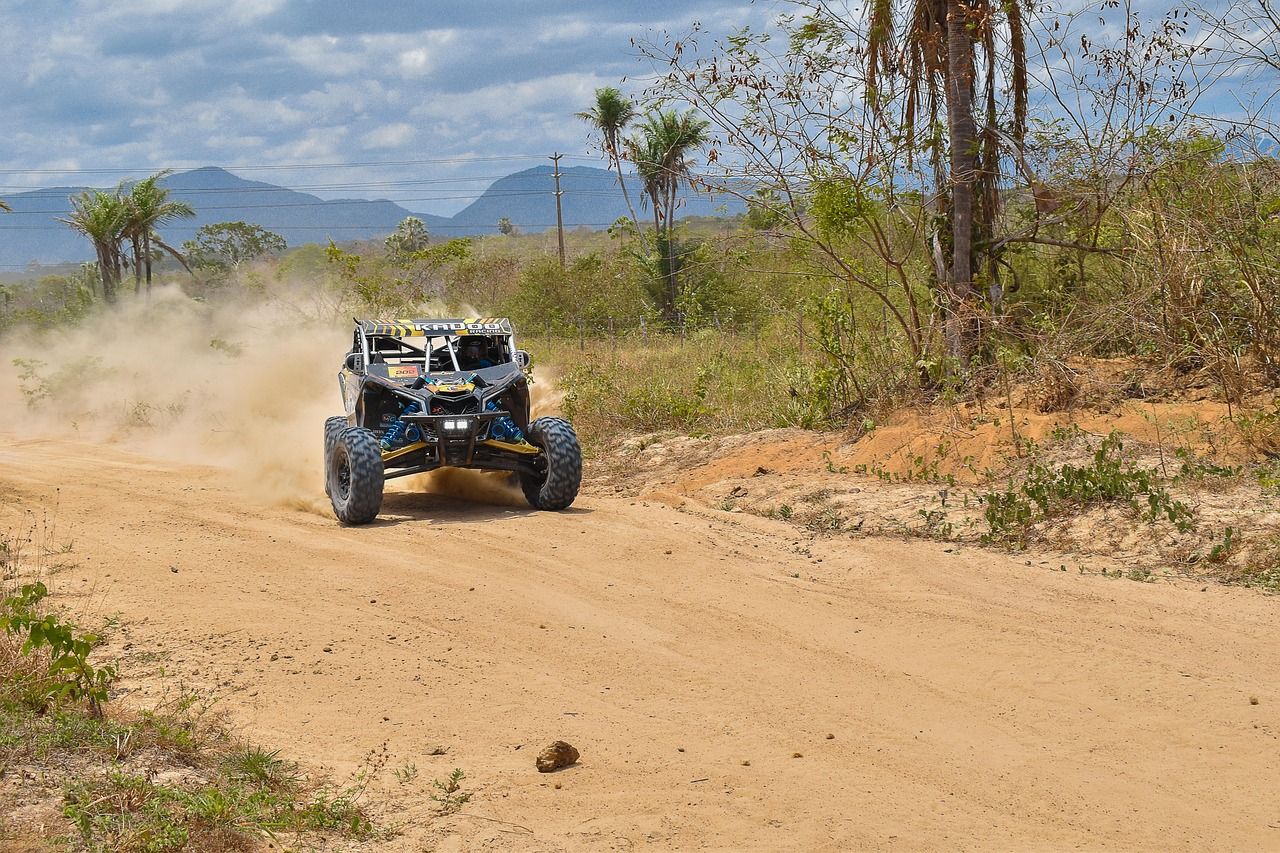Ensuring proper engine break-in is critical for maximizing the performance and lifespan of your UTV. Whether you’ve purchased a brand-new vehicle or recently rebuilt the engine, following these guidelines can save you from frustration and costly repairs down the line. This guide will walk you through the key steps, potential pitfalls, and expert advice for breaking in your UTV engine correctly.

Recognizing the Importance of Proper Engine Break-In
Proper engine break-in is essential for new or rebuilt UTV engines to:
- Ensure optimal performance and efficiency.
- Extend the lifespan of the engine.
- Prevent premature wear and tear.
Ignoring these steps could lead to reduced performance, mechanical issues, or even complete engine failure. Following a structured process ensures your UTV performs at its peak and minimizes downtime due to repairs.
Learn more about UTV maintenance and repairs.
Key Indicators During Engine Break-In
- Temperature Monitoring: Keep a close eye on engine temperatures. Overheating during break-in can cause irreversible damage to internal components.
- Oil Condition: Regularly check the oil for signs of metal shavings or discoloration, which could indicate improper wear.
- Performance Fluctuations: It’s normal for performance to feel slightly inconsistent during break-in. Smooth power delivery will improve after the process is complete.
Steps for Proper Engine Break-In
- Initial Warm-Up: Start the engine and let it idle for 5-10 minutes to warm up. This allows the oil to circulate and lubricate all internal components.
- Varying Engine RPMs: During the first 20 hours, avoid running the engine at a constant RPM. Instead, vary the speed to ensure even wear on the components.
- Avoid High Loads: Refrain from pushing the engine to its limits or towing heavy loads during the break-in period. Gradual stress is key to achieving a proper seal.
- First Oil Change: After the first 20-25 hours of operation, change the oil and oil filter. This step removes metal particles that may have accumulated during break-in.
Shop UTV parts and accessories for maintenance.
Best Practices for UTV Engine Break-In
- Follow Manufacturer Guidelines: Always consult your UTV’s manual for specific recommendations.
- Use High-Quality Oil: Select oil that meets or exceeds the manufacturer’s specifications for your engine type.
- Monitor for Unusual Noises: Clicking, knocking, or grinding sounds may indicate issues that need immediate attention.
- Gradual Performance Testing: Slowly increase the load and RPMs over time, ensuring the engine responds smoothly.
Read more about UTV maintenance and best practices.
When to Seek Professional Assistance
If you notice persistent issues like overheating, power loss, or unusual noises, it’s time to consult a professional. A qualified mechanic can diagnose and address problems early, preventing costly repairs.
Contact Side by Side Fury for expert UTV repair and maintenance.
Main Points to Remember
Breaking in your UTV engine is crucial for achieving peak performance and longevity. By following the outlined steps, monitoring for issues, and using quality products, you can ensure your engine remains in top condition for years to come. Always prioritize preventive care and consult professionals when needed.
